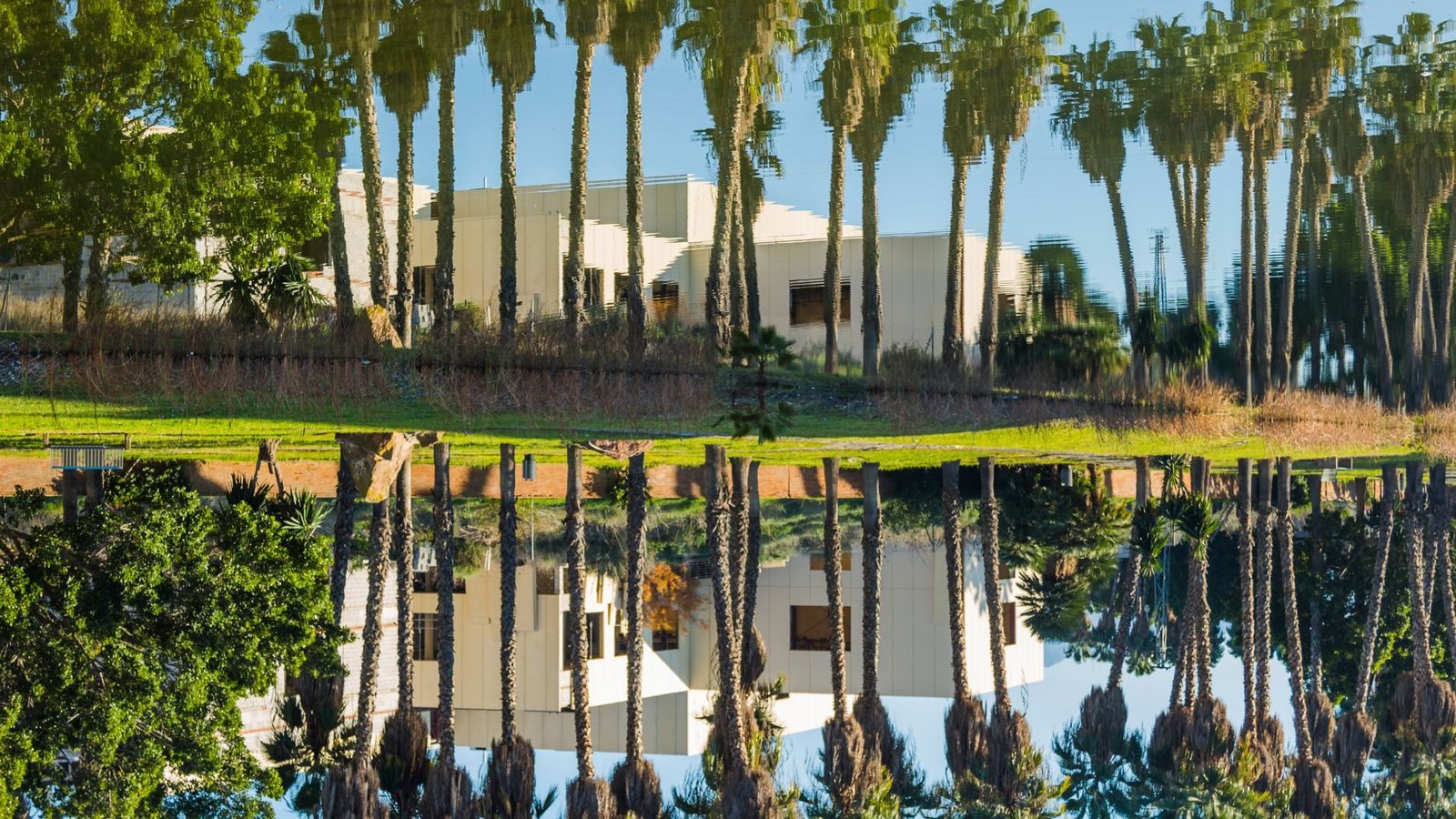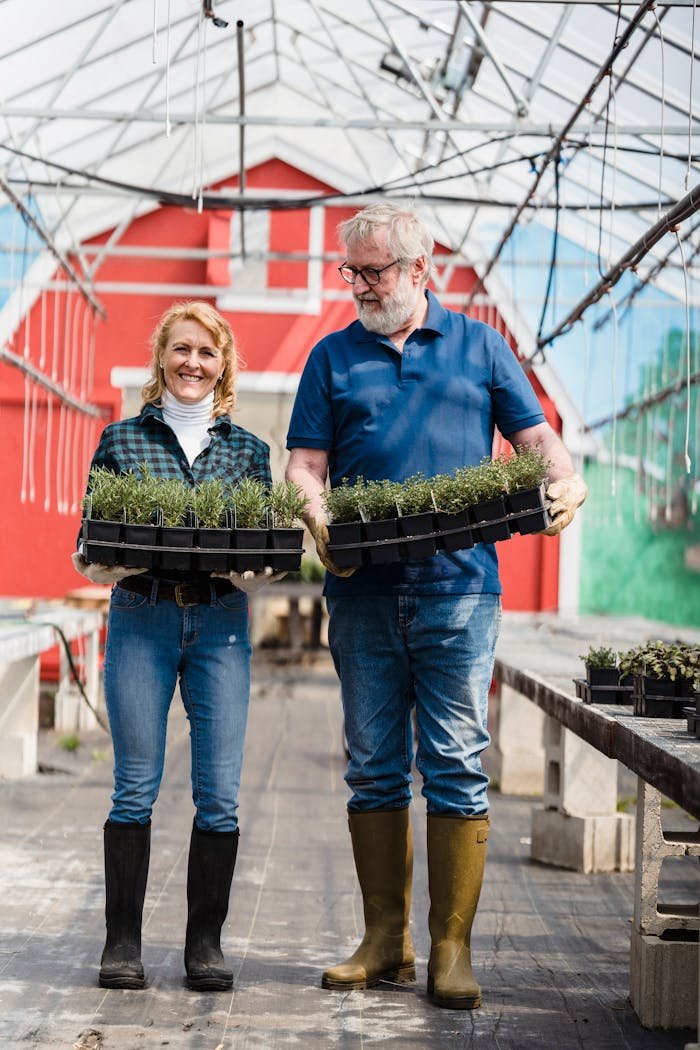Florida is a dream location for gardeners thanks to its mild winters and abundant sunshine. But how long is the growing season in Florida, and what does that mean for your garden? Whether you’re a beginner or a seasoned grower, understanding Florida’s climate is key to success. The state’s location in USDA hardiness zones in Florida means it enjoys one of the longest planting periods in the country. Some areas even support year-round gardening in Florida, depending on frost dates and seasonal patterns. To grow successfully, you’ll need to follow the Florida planting calendar closely and learn about subtropical climate crops that thrive here. Let’s dig into everything you need to know.
Understanding Florida’s Unique Growing Climate
Florida has a wide range of temperatures because of its shape and size. Some areas are cooler in winter while others stay warm all year. The state falls into four USDA hardiness zones in Florida: 8b, 9, 10, and 11. These zones tell you how cold your area might get. Knowing which USDA zone is my Florida city in helps you pick the right plants.
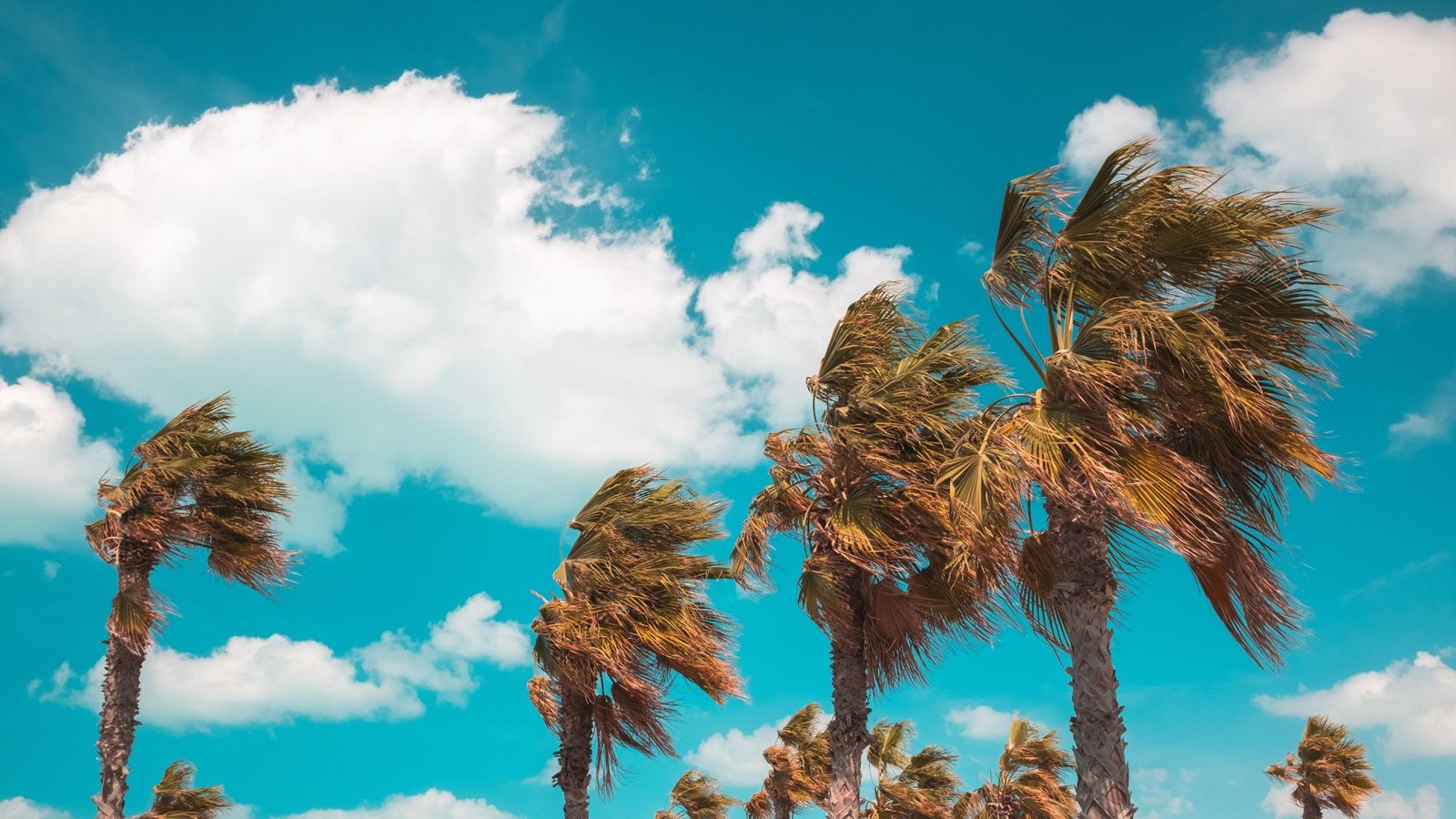
Another big factor is the Florida planting calendar, which helps guide what and when to grow. Also, microclimate gardening tips can help gardeners grow better in their specific backyard conditions. Coastal areas may have more breeze and higher humidity, while inland spots might get colder at night.
How Long Is the Growing Season in Florida?
So, does Florida have a year-round growing season? In many areas, yes. The growing season is the time when there is no frost. In most of Florida, this is a very long period, often over 300 days. Some parts of South Florida don’t see frost at all. That means you can garden all year.
The growing season is different depending on your region. How many days is the growing season in Florida? In North Florida, it may be about 250 days. In Central Florida, it stretches to 320 days. South Florida enjoys a full 365 days of frost-free gardening.
Growing Seasons and Frost Periods Across Florida
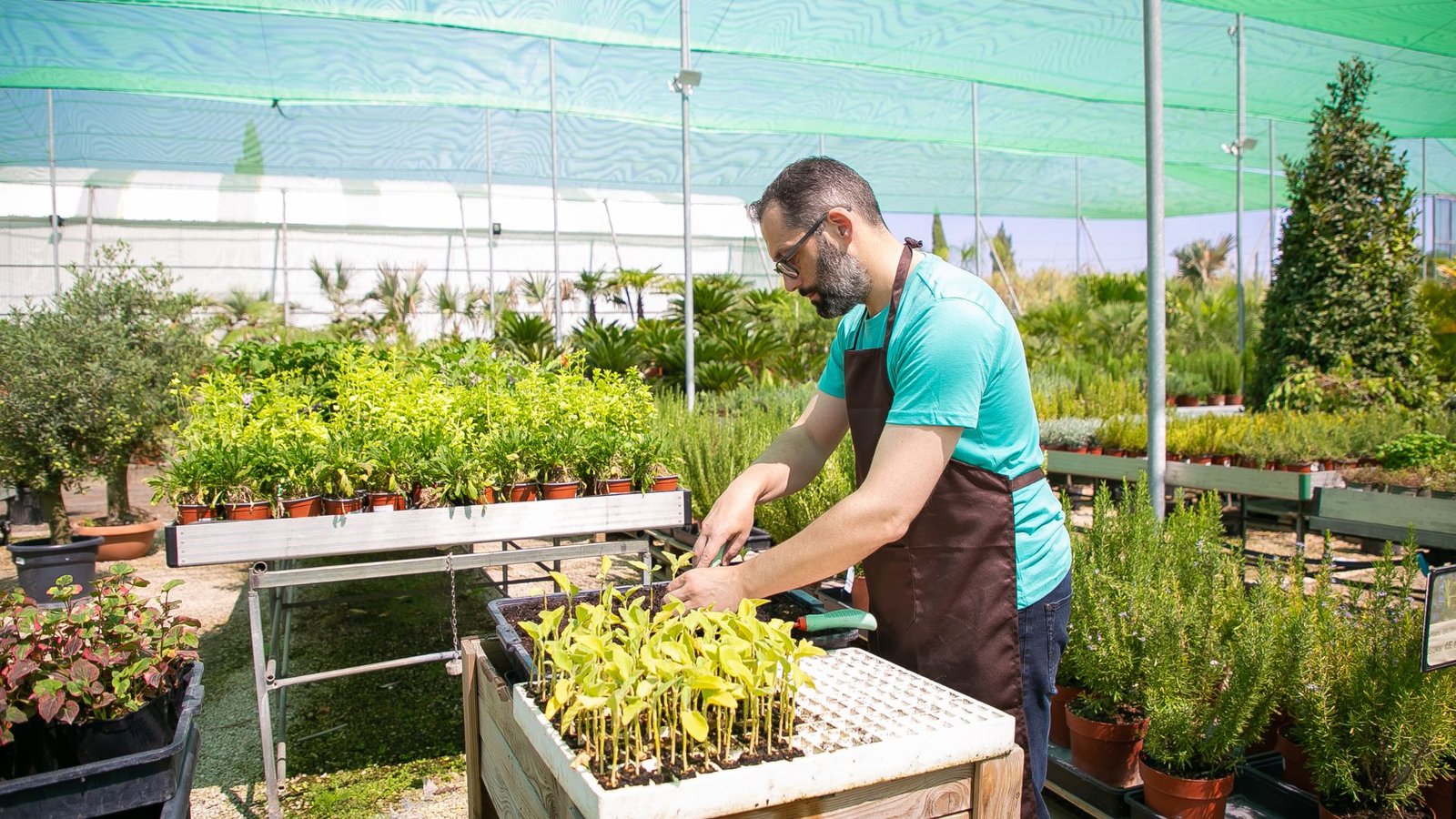
Florida has three main growing seasons: Spring, Fall, and Winter. Summer is very hot and humid, which causes problems for many plants. It’s not the best time to plant. Instead, gardeners prepare their soil and use shade to protect plants. This is where gardening tips for hot and humid Florida summers really matter.
During Spring and Fall, you can grow many warm-season vs cool-season crops. Spring and Fall are cooler and more stable for crops like tomatoes, squash, and lettuce. In Winter, the weather is mild. That makes it great for leafy greens and root vegetables. Summer brings pests and diseases due to high heat and humidity, so you need to be careful.
Frost Dates and Growing Periods by Region
North and Central Florida
In North Florida, you can expect frost from mid-November to mid-March. That gives a growing season of around 238 to 255 days. Popular cities in this region are Gainesville, Ocala, and Tallahassee. If you’re asking, when to start planting vegetables in North Florida, it’s best after the last frost in March. Use the Florida vegetable planting guide to time your crops right.
Central Florida includes places like Orlando and Tampa. Here, frost ends around mid-February and comes back in December. The growing season is much longer—about 320 to 340 days. If you wonder when is the last frost date in Central Florida, check Florida frost dates by zip code online.
East Coastal Areas
The eastern coast of Florida, including Daytona Beach and West Palm Beach, gets mild winters. The growing season here runs over 310 days. There’s usually one light frost in January. These areas are perfect for seasonal crop planning in Florida because they offer early planting in Spring and late harvests in Fall.
Here, it’s important to watch humidity levels. You’ll need to know how to grow vegetables in high humidity conditions. High moisture in the air can cause rot, mold, and pest attacks. Choose plants with high humidity crop tolerance.
South Florida
South Florida is a dream for gardeners. Places like Miami and Homestead don’t get frost at all. So yes, does Florida have a year-round growing season? In South Florida, absolutely. The growing season is 365 days.
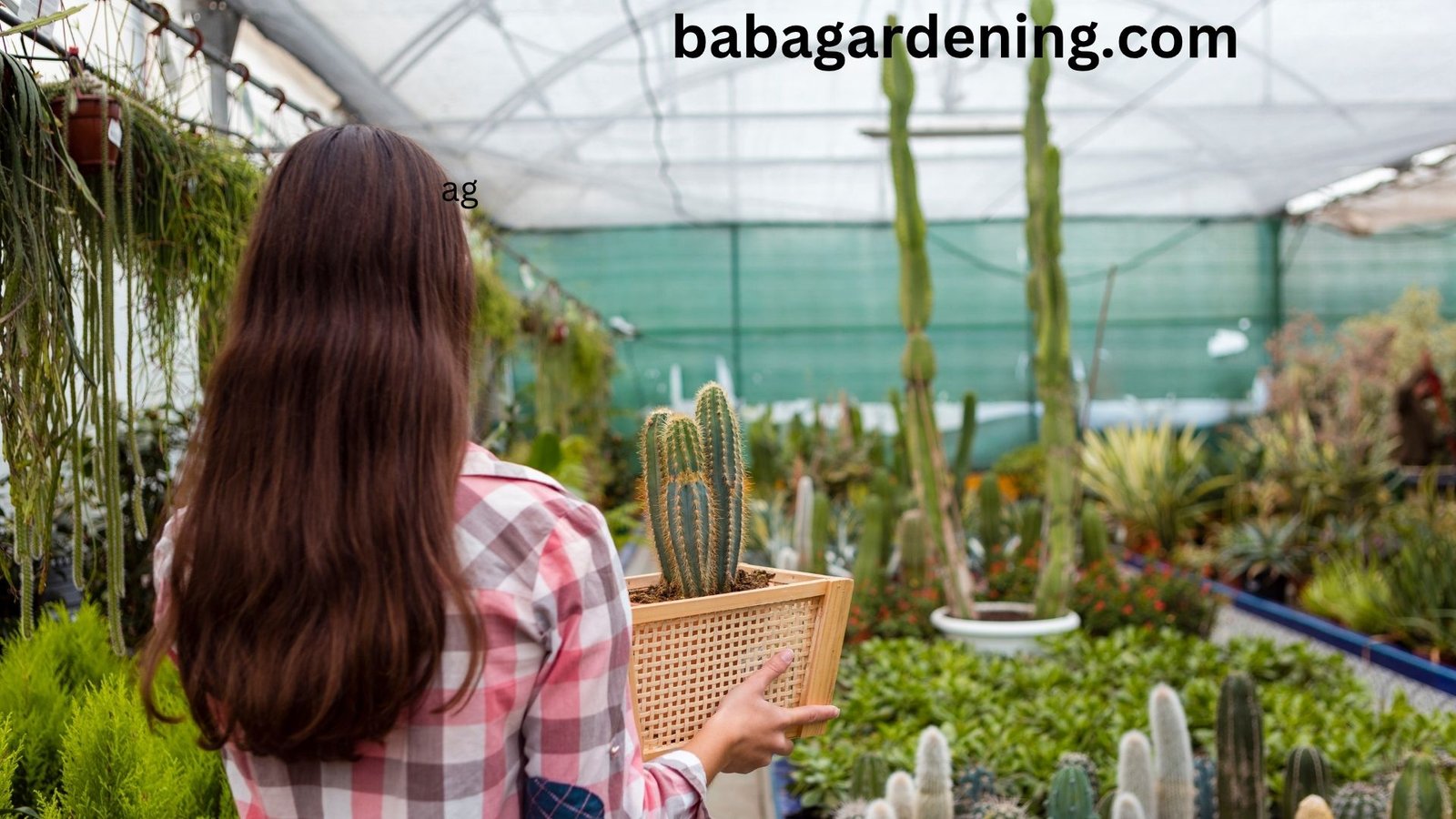
This is why it’s the best time to plant in South Florida almost any time of year. You can grow crops in winter, spring, and fall. In summer, focus on maintenance and choose heat-tolerant vegetables. For a full schedule, use a planting schedule for South Florida gardens.
Temperature Ranges and Planting Challenges
Minimum and Maximum Temperatures
Florida’s zones give you an idea of your area’s coldest temperature. Here’s a table that shows how it works:
| Zone | Min Temp (F) | Min Temp (C) |
| 8b | 15°F to 20°F | -9.4°C to -6.7°C |
| 9a | 20°F to 25°F | -6.7°C to -3.9°C |
| 9b | 25°F to 30°F | -3.9°C to -1.1°C |
| 10a | 30°F to 35°F | -1.1°C to 1.7°C |
| 10b | 35°F to 40°F | 1.7°C to 4.4°C |
| 11a | 40°F to 45°F | 4.4°C to 7.2°C |
Heat and Humidity in Summer
Florida summers are very hot. Temperatures can go above 95°F (35°C). That kind of heat stops many plants from growing. Leafy greens like lettuce will bolt and taste bitter. Tomatoes will drop flowers. Learning how to protect plants from heat in Florida is key.
Some great heat-tolerant vegetables include okra, eggplant, cowpeas, and sweet potatoes. Knowing what to grow in Florida in fall and spring will give you better results than trying to grow in summer. Also, be ready to battle Florida garden pests and diseases that thrive in heat.
What to Grow in Florida by Season
Best Plants for Winter
Florida winters are perfect for many cool-season vegetables. What vegetables grow best in Florida winter? You can grow broccoli, cauliflower, lettuce, kale, spinach, and garlic. Herbs like cilantro and parsley also do great in this season.
Root crops such as beets, carrots, and radishes grow fast in winter. If you live in South Florida, you can plant these anytime from November through February. Always use the Florida vegetable planting guide for the best results.
Best Plants for Spring and Fall
In Spring and Fall, you can grow crops that don’t like extreme cold or heat. This is the best time for tomatoes, squash, peppers, and sweet corn. If you’re wondering what to grow in Florida in fall and spring, go for beans, zucchini, and pumpkins.
Herbs like basil, oregano, and thyme grow fast during these seasons. You can also plant cover crops like sunflower or cowpeas to improve soil quality. Planning with a Florida planting calendar helps you stay organized.
Best Plants for Summer Heat
In hot Florida summers, pick crops that can handle it. Best crops for Florida’s growing zones include okra, southern peas, cassava, and malabar spinach. These plants grow well even in full sun and high heat.
It’s also smart to learn how to grow vegetables in high humidity conditions. Pick disease-resistant varieties, water early in the day, and keep air moving around plants. That will help prevent mildew and rot.
Florida Gardening Calendar by Month
Each month in Florida offers new chances to plant. Here’s a simple guide to follow:
| Month | Suggested Activities |
| January | Start cool-season crops in South & Central Florida |
| February | Plant tomatoes, lettuce, and onions |
| March | Start spring garden in all regions |
| April | Prepare for hot weather; harvest spring crops |
| May | Mulch heavily; plant heat-lovers like okra |
| June | Maintain shade and water deeply |
| July | Avoid planting; pests and heat peak |
| August | Start planning fall crops |
| September | Plant fall veggies like kale, spinach |
| October | Continue fall planting |
| November | Harvest fall crops; plant garlic |
| December | Begin winter planting in South Florida |
When to Start Planting in Florida
Knowing when to start planting vegetables in North Florida or any region helps you avoid frost and heat stress. Start seeds indoors during cold months. Transplant once the frost ends. In South Florida, you can plant anytime, but fall and winter are ideal.
Use your Florida planting calendar and Florida frost dates by zip code to plan ahead. Combine that with your knowledge of your USDA hardiness zones in Florida and you’ll see great results. Always think ahead using seasonal crop planning in Florida.
Recommended Products and Seed Packs
If you’re new to gardening, get a Florida garden seed pack for beginners. These kits include heat-tolerant and humidity-resistant seeds. Also, try organic compost, raised bed kits, and drip irrigation to control water.
Some good seed packs are:
| Seed Pack Name | Best For |
| “Florida Spring Garden Mix” | Tomatoes, Peppers, Basil |
| “Cool Season Starter Kit” | Lettuce, Broccoli, Carrots |
| “Tropical Veggie Pack” | Cassava, Okra, Yam |
Conclusion
Florida is a gardener’s paradise. Whether you live in the north or deep south of the state, you can grow amazing food. The key is understanding how Florida’s frost dates affect planting season and knowing the best time to plant in South Florida and beyond.
By following your Florida vegetable planting guide, watching for pests, and picking the right plants for your region, you’ll have success. Happy planting and enjoy the beauty of year-round gardening in Florida!
FAQs
- How long is the growing season in Florida?
It ranges from 240 to 365 days, depending on the region and frost dates. - Can you grow a garden all year-round in Florida?
Yes, you can grow a garden year-round in Florida, especially in the southern regions with minimal frost. - What part of Florida is best for gardening?
South Florida is best due to its frost-free climate and longer warm periods. - What is the best month to plant vegetables in Florida?
February to March is ideal for spring planting, while September to October works best for fall crops. - What vegetables don’t grow well in Florida?
Cool-loving crops like Brussels sprouts, asparagus, and rhubarb struggle due to Florida’s heat and humidity.

